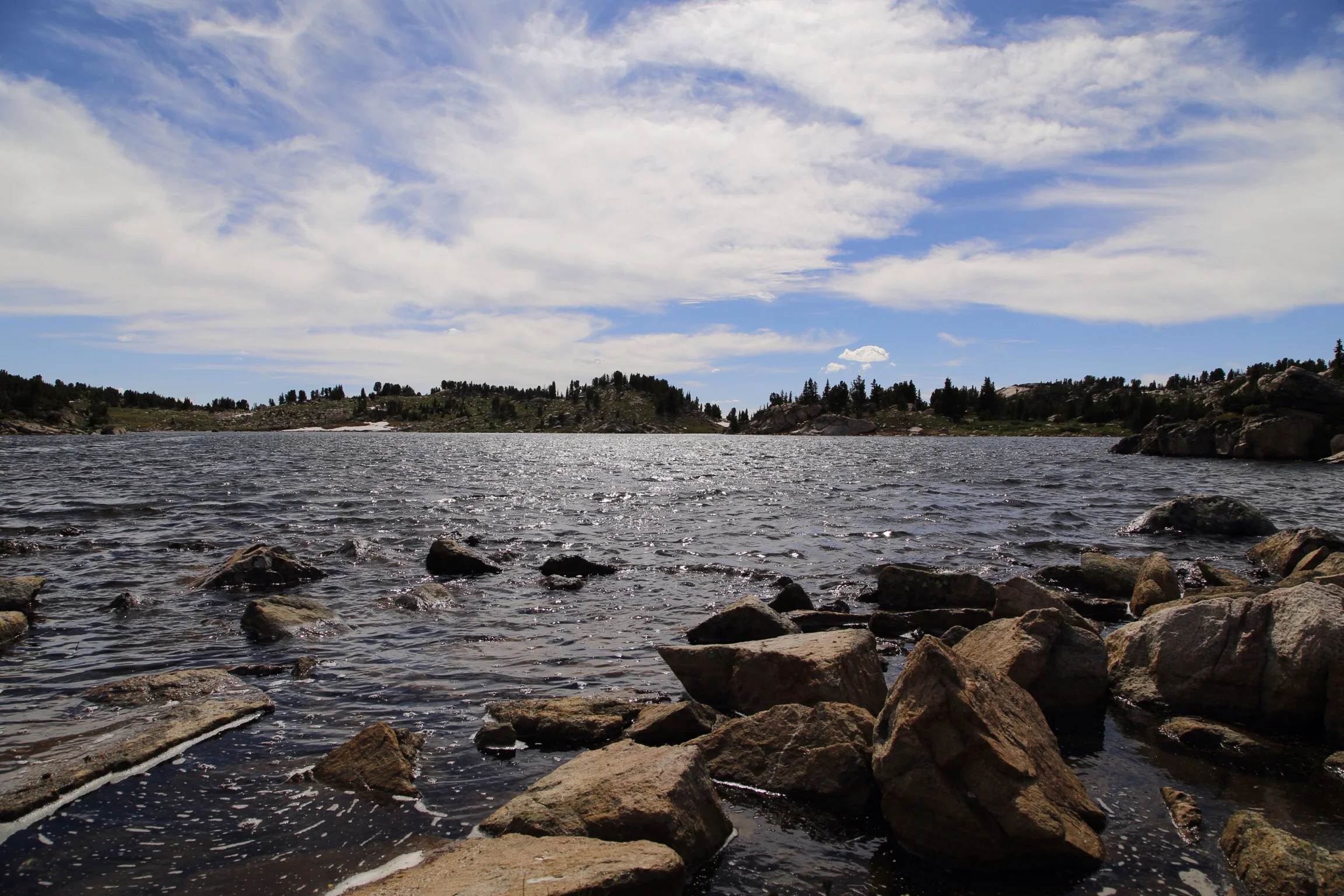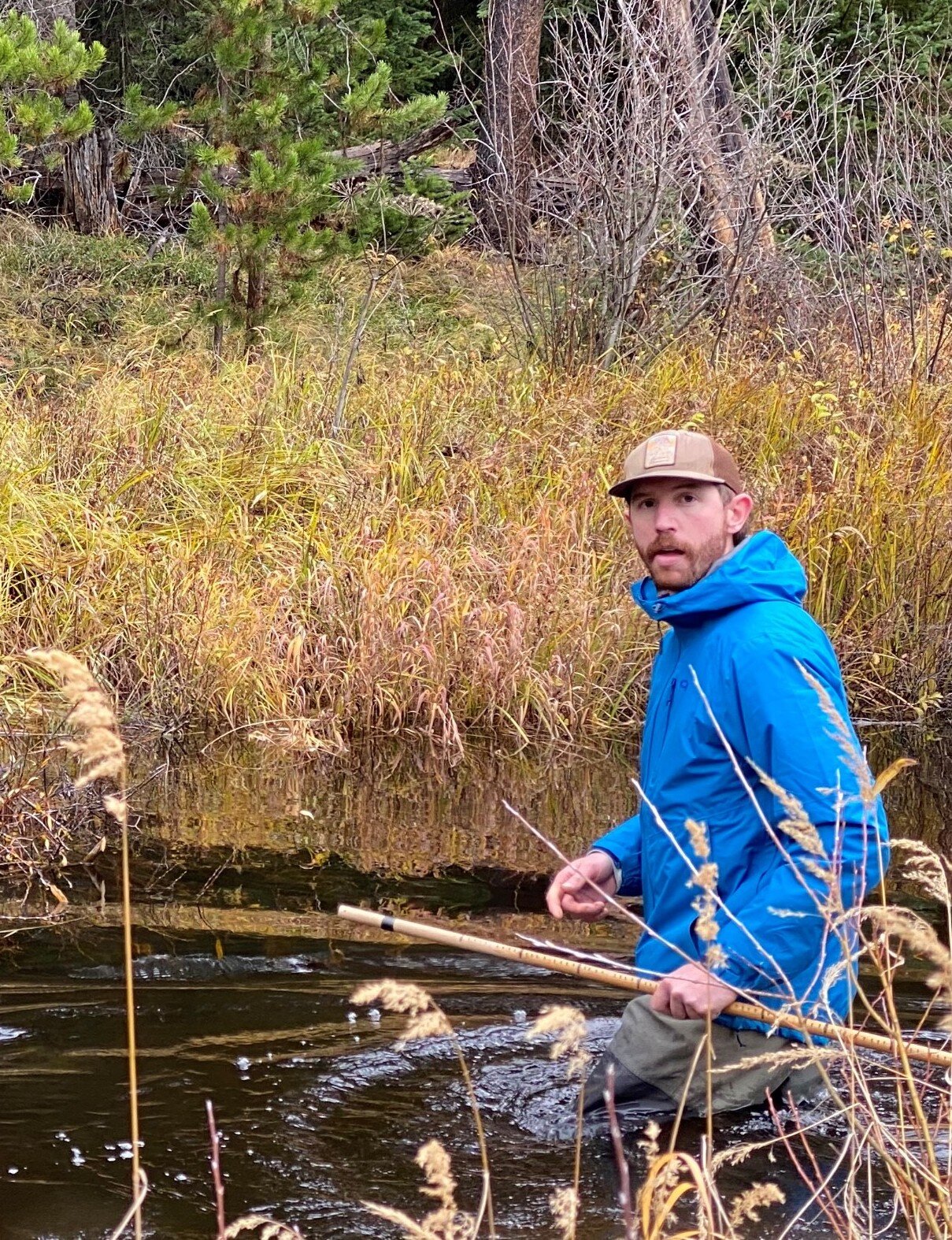Andrew lahr
Quantifying the effects of beaver mimicry on fish habitat and populations in Western Montana.
Low tech stream restoration approaches, such as Beaver Dam Analogs (BDAs), have become a prevalent technique used to improve incised and eroded streams as well as store water throughout the Western United states. Due to the success of these techniques in achieving geomorphic and hydrologic restoration goals, BDAs have become common in western streams. Despite this success, information regarding how these types of restoration structures change aquatic habitat and in turn influence fish populations is limited. To address these key knowledge gaps, we are conducting a Before After Control Impact (BACI) study on the changes caused by BDAs on aquatic habitat (geomorphology, temperature, water storage) and trout populations (growth, survival, movement) in three pairs of streams in western Montana.
Andrew Lahr is a PhD Candidate at the University of Montana in the Wildlife Biology degree program. Working under the guidance of Dr. Lisa Eby, Lahr studies the effects of beaver and beaver-based stream restoration on trout communities and habitats in the Rocky Mountain West. More generally, Lahr’s research interests surround the creation of climate solutions for inland fisheries through the restoration of eco-geo feed backs at the nexus of terrestrial and aquatic systems.

